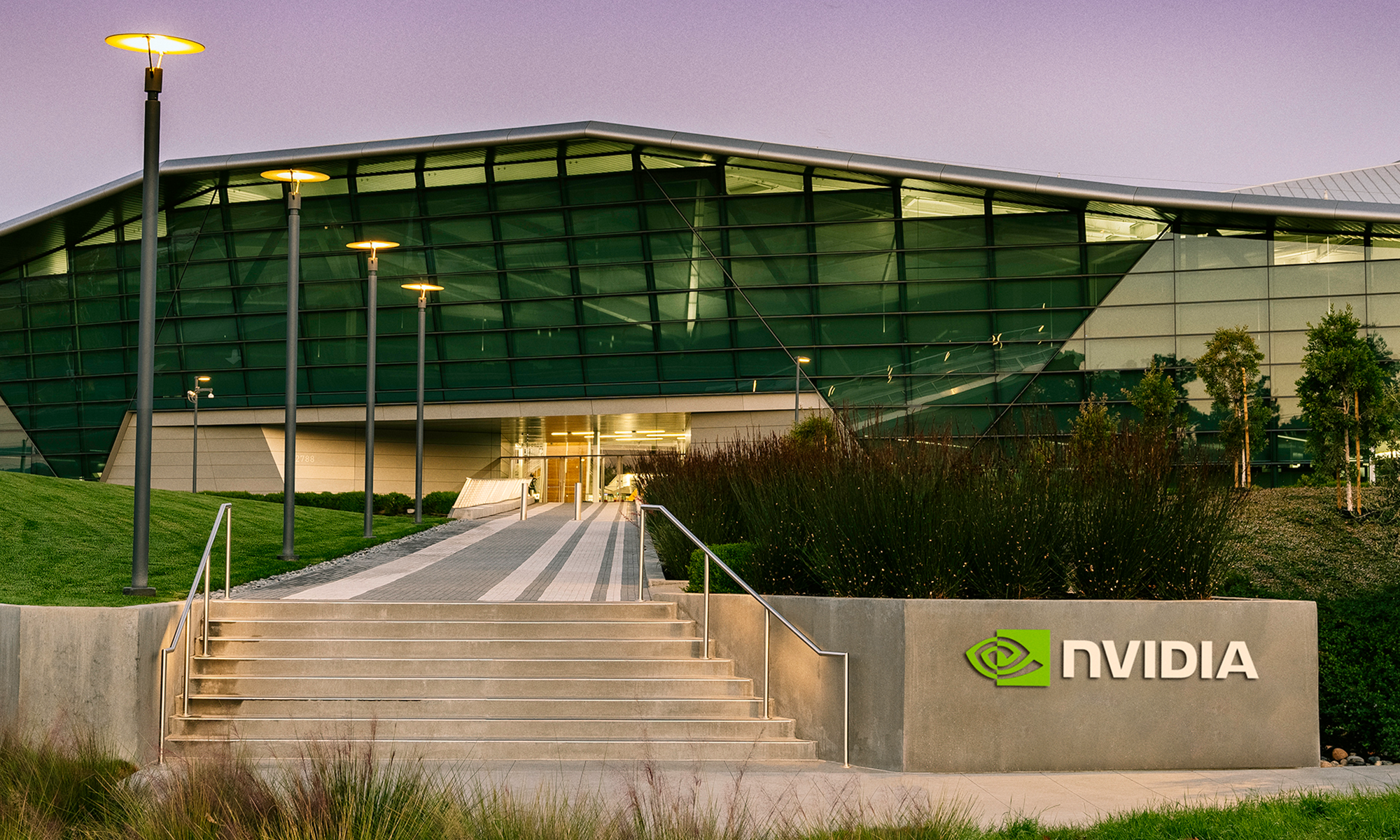These stocks tripled over the last 12 months and haven’t peaked yet.
Artificial intelligence (AI) has taken the world by storm over the last year. Demand for generative AI, which can create intelligent responses, images, and videos from simple text instructions, is booming and expected to grow exponentially in the years to come.
Some of the most widely used generative AI applications are OpenAI’s ChatGPT, Google’s Gemini, and Microsoft Copilot. ChatGPT has more than 200 million weekly active users, but overall, the generative AI market could increase approximately 10-fold to $356 billion by 2030, according to Statista.
Here are two stocks to cash in on this opportunity.
1. Soundhound AI
One area where demand for generative AI is taking off is conversational voice assistants, where Soundhound AI (SOUN -2.51%) is emerging as a leader. The company is seeing strong demand from car manufacturers for Soundhound Chat AI, a conversational generative AI assistant. But the company is aiming to expand to more industries.
Soundhound has also gained a solid foothold in the restaurant industry. More restaurants have started to reach out to Soundhound about its product rather than the other way around, which is great validation of the company’s technology. Over the last three years, Soundhound’s quarterly revenue more than doubled. Revenue grew 54% year-over-year to reach $13.5 million in the second quarter.
Soundhound just acquired Amelia, a leading AI software company, for $80 million. The deal opens more industries for Soundhound to expand into, including healthcare, financial services, smart devices, and retail.
The stock has soared in value over the last year, but the main negative continues to be uncertainty about Soundhound’s profitability. Revenue is booming, but it’s still not reporting a profit. The company’s adjusted net loss came to $14.8 million last quarter.
However, Soundhound spends a lot of money on marketing, which reduces its net profit. The company spent 42% of its revenue on marketing last quarter, but this percentage is gradually falling, which can be attributed to the growing awareness of its voice AI capabilities. Looking ahead, its marketing expense could become a source of profit.
It’s for these reasons the stock, which has climbed 189% over the last year, is still worth buying. Investors are getting in on the ground floor of a small-cap AI stock that could soar along with the generative AI market over the next decade.
2. Nvidia
Nvidia (NVDA 0.03%) has been a preferred chip supplier for people who play video games for a long time. But in recent years, Nvidia’s graphics processing units (GPUs) have been used for mining cryptocurrencies, running cloud services in data centers, and training AI models. This has allowed Nvidia to translate its dominance in gaming GPUs into a similar lead in the AI chip market.
Nvidia’s GPUs are used by every major cloud service provider. It is now working with some of the largest companies in the world on AI initiatives. The company’s revenue soared over the last year, up 122% year-over-year last quarter. A key driver of this demand is growing investment in the development of AI-powered chatbots and generative AI copilot assistants.
One risk for Nvidia is increasing competition from custom AI chip makers. However, Nvidia’s steady innovation should protect its lead and keep its momentum going. Last quarter, it released Nvidia Inference Microservices (NIM), which is being used by more than 150 companies to speed up the development of generative AI applications. Nvidia also announced a new AI foundry service with Meta Platforms‘ Llama family of large language models, which will enable nations and enterprises to use their proprietary data to create custom models and AI applications.
Nvidia is well positioned for growth on the hardware side with its GPUs, but software is an overlooked opportunity. For example, AT&T experienced 70% cost savings after using Nvidia NIMs for generative AI call transcriptions and classification. Nvidia expects revenue from software and support services to reach an annual run-rate of nearly $2 billion by the end of the year.
Despite rising nearly 200% over the last year, the stock’s forward price-to-earnings ratio on next year’s earnings estimate is 30, which is not that expensive for the AI chip leader. While investors shouldn’t expect the stock to climb as rapidly as the previous few years, Nvidia investors can expect the stock to continue hitting new highs over the long term.
Randi Zuckerberg, a former director of market development and spokeswoman for Facebook and sister to Meta Platforms CEO Mark Zuckerberg, is a member of The Motley Fool’s board of directors. Suzanne Frey, an executive at Alphabet, is a member of The Motley Fool’s board of directors. John Ballard has positions in Meta Platforms, Nvidia, and SoundHound AI. The Motley Fool has positions in and recommends Alphabet, Meta Platforms, Microsoft, and Nvidia. The Motley Fool has a disclosure policy.

